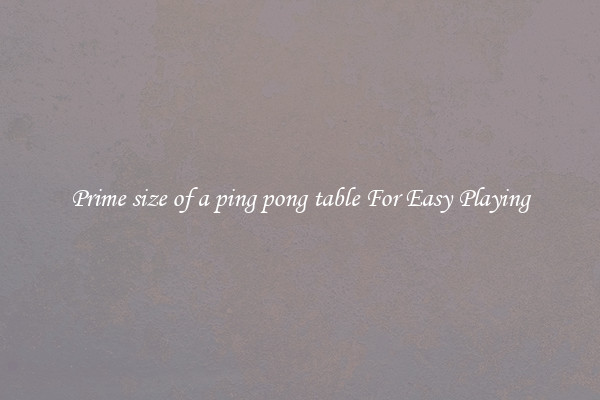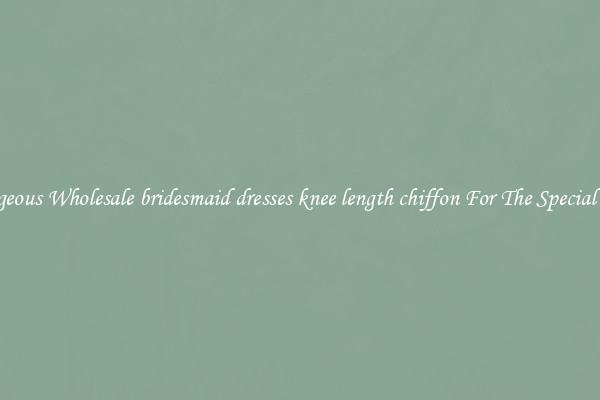chinese art music For Premium Entertainment
Chinese Art Music: A Rich Tapestry of Melody and Tradition

Chinese art music is a captivating and intricate genre that has shaped the cultural landscape of China for centuries. With its deep historical roots and diverse regional influences, this music form has evolved into a rich tapestry of melody and tradition that continues to enchant audiences worldwide.
One of the key characteristics of Chinese art music is its emphasis on capturing the essence of nature and human emotions. Traditional Chinese instruments, such as the guzheng (zither), pipa (lute), and erhu (two-stringed fiddle), are skillfully used to express a wide range of feelings and depict scenes from nature. Whether it is the gentle plucking of strings to mimic the sound of raindrops or the powerful strokes resembling thunder, these instruments create a unique and evocative musical experience.
Another notable aspect of Chinese art music is its deep connection to Chinese philosophy and spirituality. The concept of yin and yang, the balance between opposing forces, is often reflected in the musical composition. This philosophy is incorporated into the rhythmic patterns, melodic structure, and even the choice of instruments in a piece of music, resulting in a harmonious blend of contrasting elements.
Chinese art music is also deeply rooted in regional traditions, with a diverse range of styles and variations across the country. Each region has its own distinct musical language, with different scales, techniques, and repertoire. For example, the northern style of music, represented by the Beijing opera, is characterized by its dramatic storytelling and strong vocal performances. In contrast, the southern style, exemplified by Cantonese opera, emphasizes melodic ornamentation and subtle nuances in performance.
In recent years, Chinese art music has also embraced modern influences and innovations, merging traditional elements with contemporary compositions. This fusion has given rise to a new generation of composers and performers who combine ancient musical techniques with modern instruments and technologies. Chinese art music is now finding its place not only on traditional stages but also in contemporary concerts, film soundtracks, and global music festivals, showcasing its adaptability and relevance in the modern world.
As Chinese art music continues to evolve, it remains a vital part of China's cultural heritage. Its melodies represent the soul of a nation and convey the stories, emotions, and aspirations of the Chinese people. Today, with its universal appeal and distinctive sound, Chinese art music has become a source of fascination and appreciation for audiences around the globe, enriching the world of premium entertainment.

View details

View details

View details

View details








